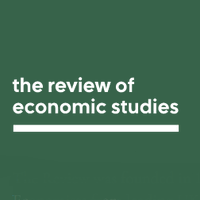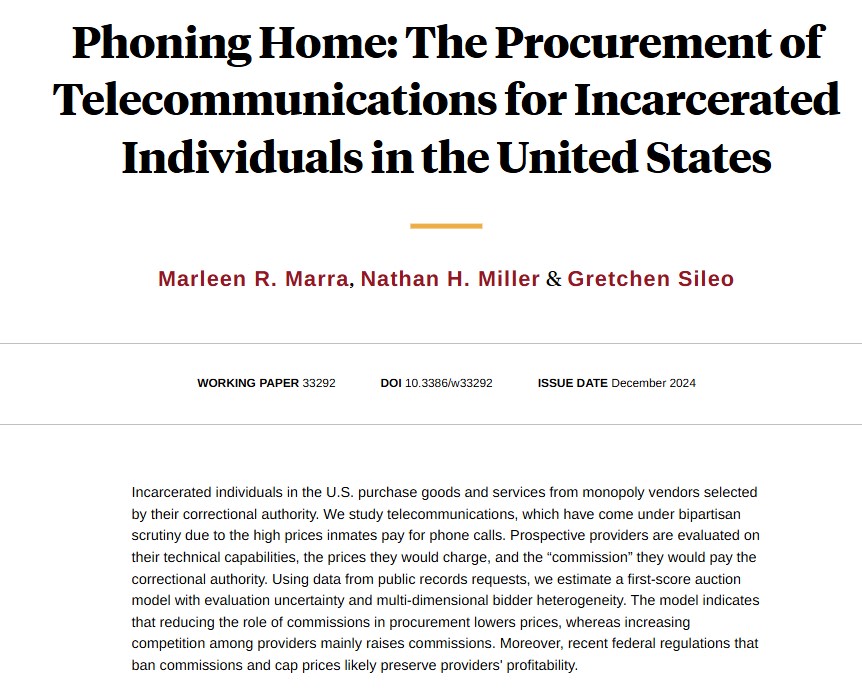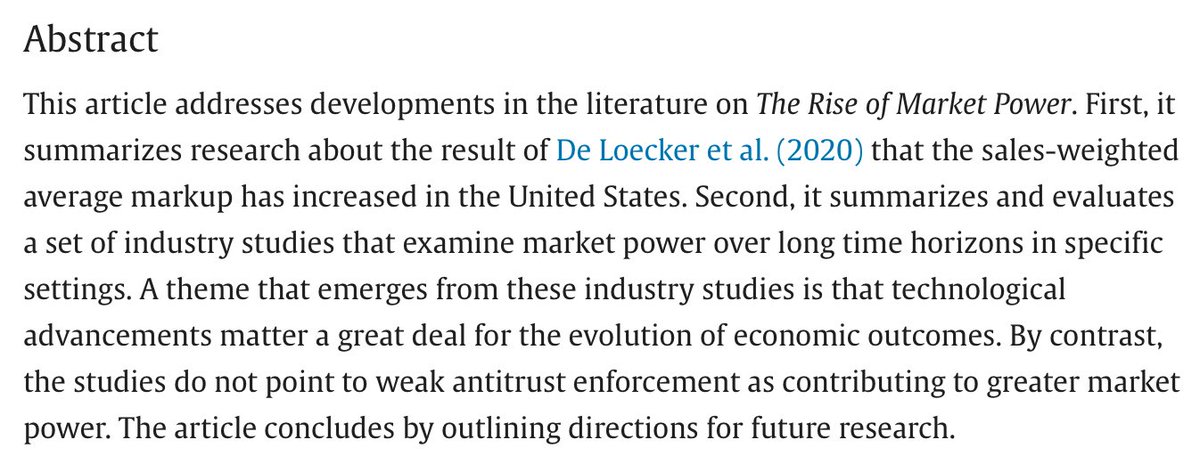
Nathan Miller
@natehmiller
Professor of Economics, Georgetown University. Research in industrial organization and antitrust economics.
ID: 1241367733268361218
http://www.nathanhmiller.org 21-03-2020 14:15:58
729 Tweet
2,2K Followers
575 Following

Lots of fun working on this with Sylvia Hristakeva and Julie Holland Mortimer ! When governments set price caps that vary across drugs, incentives for multi-product pharmaceutical firms to exert effort decrease on average, but firms also re-allocate effort towards more profitable products.





Must-read by Nathan Miller: "Industrial Organization and The Rise of #MarketPower" #markups #technology #dynamics #antitrust nathanhmiller.org/iomktpower.pdf






If you want to try out this approach in your own BLP estimation, PyBLP has pretty good support! Thanks to Alex MacKay for helping with getting it added. Adding covariance restrictions was fairly straightforward, with one sort of obscure technical challenge. 1/6

Big thanks to Jeff Gortmaker and Chris Conlon for including the implementation of the covariance restrictions identification strategy in PyBLP. Nathan Miller and I would be happy to hear of any use cases and ways that we can add functionality.

When estimating demand, the price coefficient may be biased because firms adjust prices in response to demand shocks. In this (forthcoming) paper, Nathan Miller and I show how to resolve this source of endogeneity by invoking the supply side in standard empirical models.


How has competition changed across the UK economy over the past two decades? The Competition & Markets Authority has just released our report on the state of UK competition. Let me pick out a few key narratives. x.com/CMAgovUK/statu… 1/

Using data from public records requests and an auction model of procurement to understand the prices incarcerated individuals pay to make phone calls, from Marleen R. Marra, Nathan Miller, and @Gretchen Sileo nber.org/papers/w33292


Forthcoming IJIO article by Nathan Miller "Industrial organization and The Rise of Market Power" doi.org/10.1016/j.ijin… Elsevier | ScienceDirect

